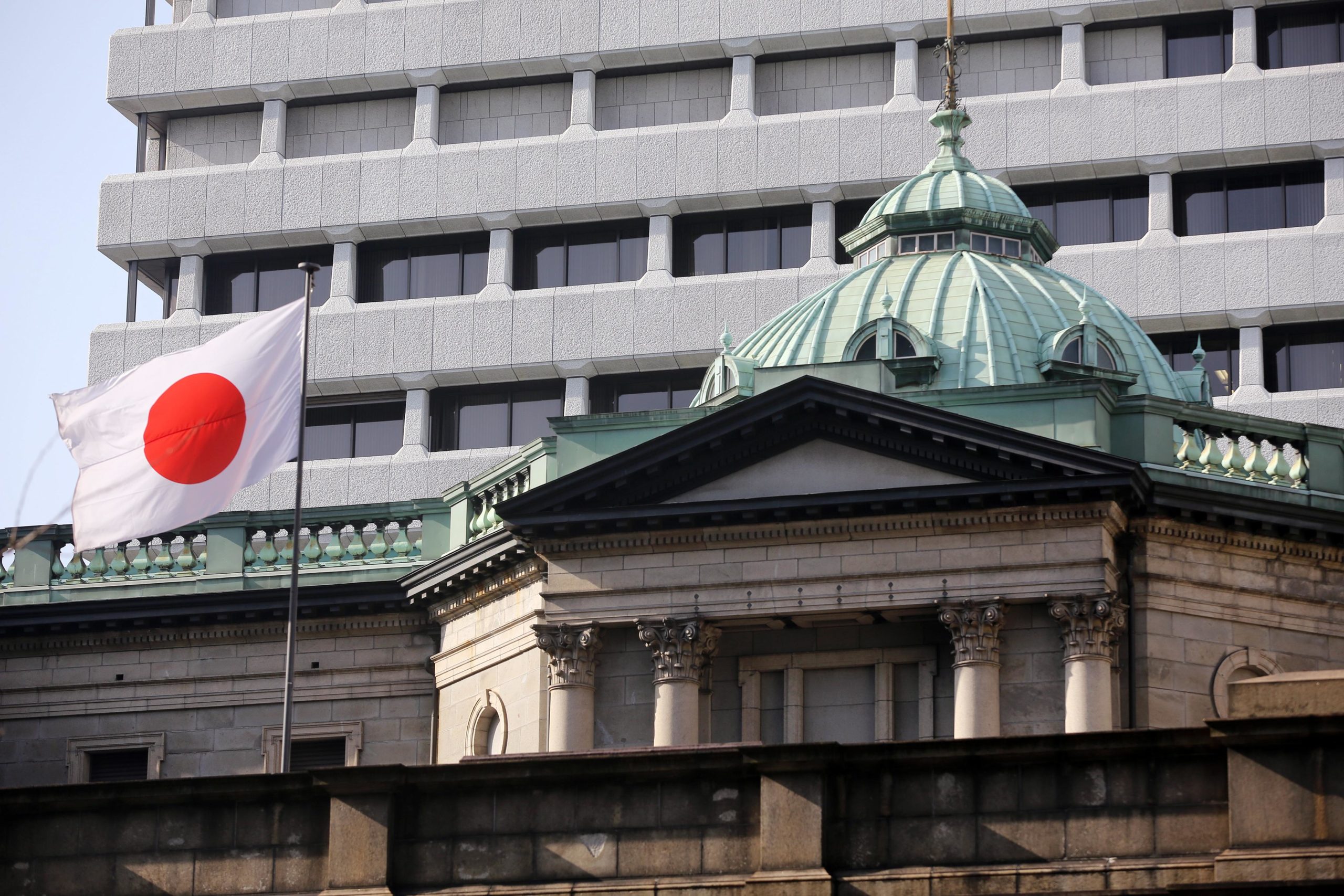It appears that the Bank of Japan has reached a compromise with bond traders who had predicted that it would abandon its efforts to regulate yields on government debt. This was due to an expanded program of loans to banks that has helped to alleviate the recent intense pressure on the Japanese bond market.
The Bank of Japan (BoJ) has been fighting large speculative bets made by hedge funds through record purchases of government bonds for over a month. However, last week the BoJ decided to keep the main aspects of its ultra-loose monetary policy and made it clear that it had no intention of abandoning its yield curve control. The central bank also extended an important lending tool, which has contributed to the recovery of Japanese government bonds.
During the BoJ’s struggle with the market in early January, interest rates on the benchmark 10-year Japanese government bond rose above the central bank’s target ceiling of 0.5%, driven by traders who thought they could force outgoing governor Haruhiko Kuroda to abandon his signature policy.
However, since Kuroda held his ground after the bank’s monetary policy meeting last week, the 10-year yield has dropped to a low of 0.36%. On Monday, it traded close to that level at 0.38% after the BoJ carried out its first expanded lending operation.
Analysts have said that it is unclear how long the truce between the Bank of Japan (BoJ) and bond traders will last, and whether the central bank’s latest measure to bolster its funds-supply operation would be enough to restore stability to the Japanese government bond market. The BoJ’s decision to use a lending scheme usually reserved for periods of tight liquidity such as after the COVID-19 pandemic or the global financial crisis, was seen as a clear message that the BoJ will continue with its monetary easing measures and is willing to take unprecedented steps to control the yield curve. However, it remains uncertain if this will be enough to sustain the market stability in the long run.
Additionally, it is also important to consider that the BoJ’s vast Japanese government bond purchases since it began yield curve control in 2016 have left it owning roughly half the market, limiting the scope for banks to ramp up their own holdings. Therefore, banks might look for arbitrage opportunities in the swaps market, where interest rates have recently risen far above government bond yields as investors anticipated a tightening of monetary policy. This means that the BoJ’s move could be seen as a way to give itself greater flexibility in controlling the pace of yield increases, but it is not a long-term solution.
Furthermore, the BoJ’s decision has also raised questions about the future of the yield curve control policy, as it is now in the hands of Kuroda’s successor from April. The longer the BoJ keeps yield curve control, the more difficult it will be to exit, leading some analysts to question if there is “no way out from this quagmire.”







